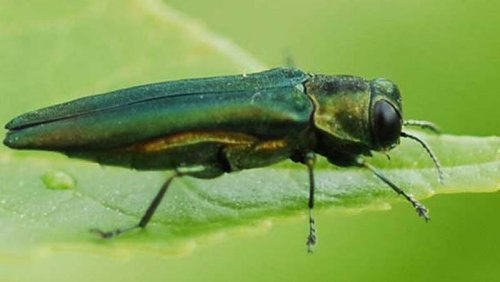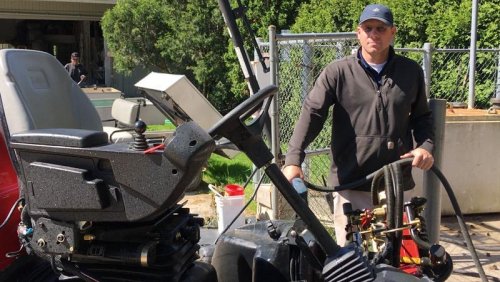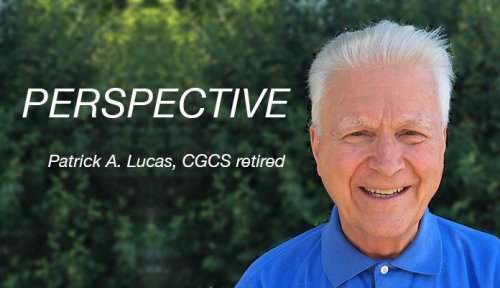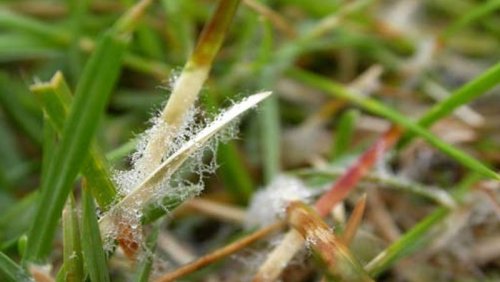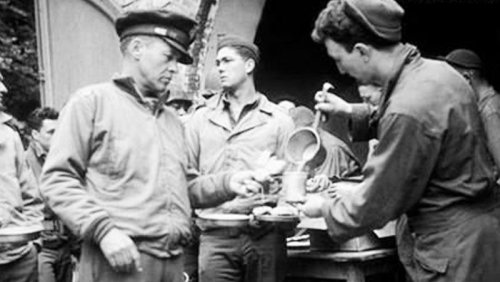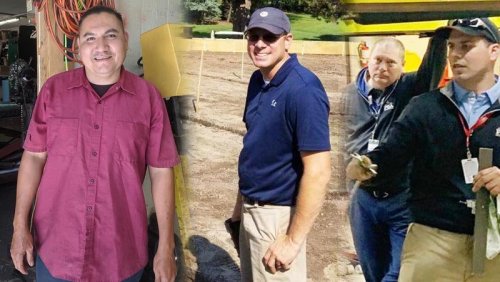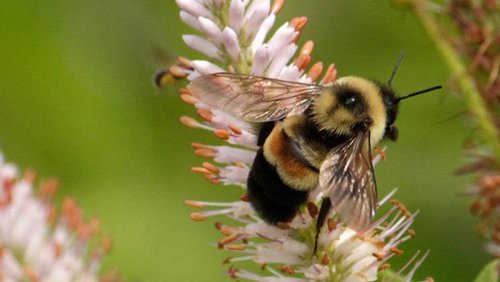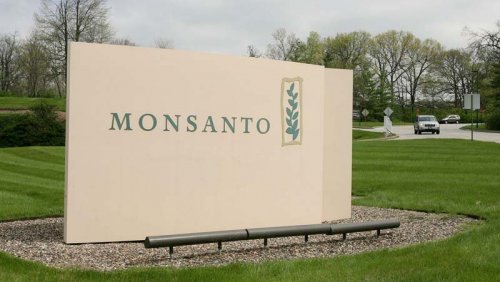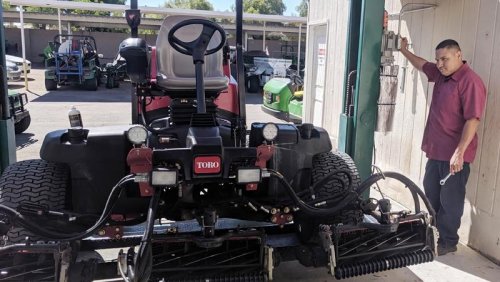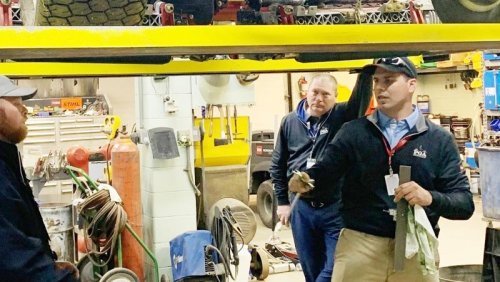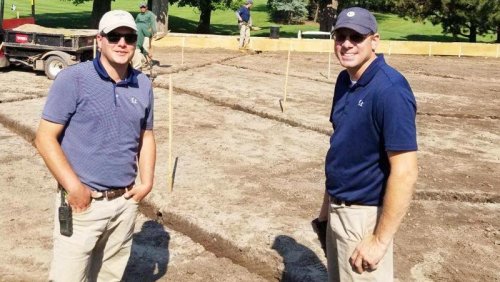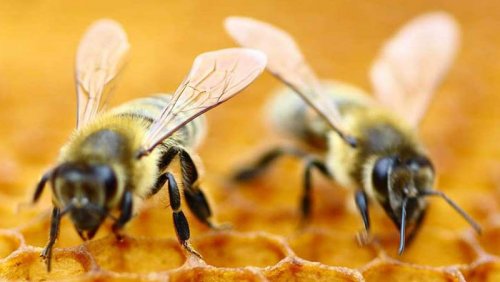
News and people briefs
By John Reitman, in News,
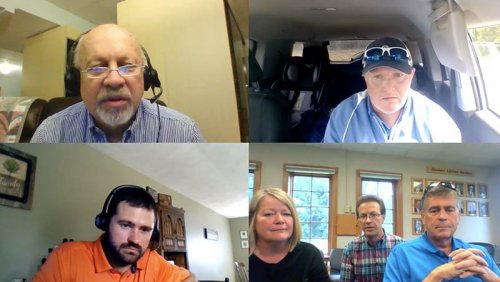
Posterity fungicide from Syngenta is now registered for use in New York.
With the active ingredient pydiflumetofen, Posterity is an SDHI fungicide labeled for preventive and curative control - up to 28 days - of dollar spot, fairy ring, Microdochium patch and spring dead spot.
Preventive applications of Posterity are recommended beginning in the spring, prior to the development of dollar spot. Posterity also has curative properties and can be used for extended preventive applications for continued protection until winter.
To help with timing applications, superintendents can sign up for dollar spot alerts from Syngenta that are based on the Smith-Kerns prediction model. For resistance management and broader-spectrum control, Syngenta also offers agronomic programs that strategically rotate Posterity with Secure Action, Daconil Action and other products to properly condition turf so it will perform at its best during the season and recover quickly from stress.
The weekly OTF/OSU Turf Team Talks feature the likes of (clockwise from top left) Dave Shetlar, Ph.D., Ed Nangle, Ph.D., Karl Danneberger, Ph.D., David Gardner, Ph.D., Pam Sherratt and Zane Raudenbush, Ph.D. OTF/OSU launch weekly turf talks
The Ohio Turfgrass Foundation recently launched its Turf Team Talks series designed to help turf managers tackle some of their most common and recurrent problems.
Hosted by a rotating cast of Ohio State's professors and instructors from the fields of weed science, sports turf management, agronomy and entomology as well as the faculty from OSU ATI, the weekly segments address issues like insect updates, disease pressure, weed control and how accute weather patterns affect cultural practices as well as day-to-day operations.
Viewers also can send the team specific questions for use on future episodes.
Target's Kraken holds water in tough conditions
Target Specialty Products recently introduced Turf Fuel The Kraken, advanced wetting agent designed for turf surfaces that require the highest level of consistency and firmness.
Tested extensively in trials at the University of Arkansas, Kraken has the ability to hold water consistently deep in the profile, while keeping the soil near the surface dry.
A multiple component proprietary surfactant, Kraken offers a safe, no burn formulation that provides uniform and consistent hydration throughout the root zone that improves water use efficiency.
Formulated from a blend of alkoxylated polyols and polyglycol ether ester, Kraken can be used at any time during the season and it can be used with other Turf Fuel products, such as Cleanse, Abyss and Vanquish for best results depending on the season.
- Read more...
- 1,802 views

